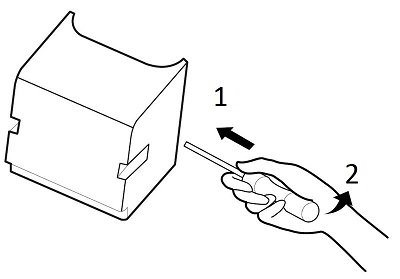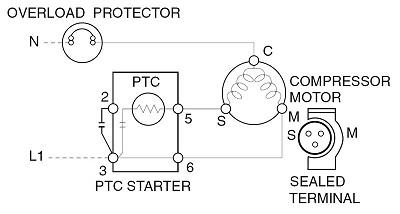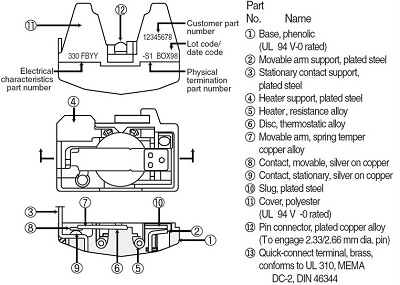
The compressor inputs the low-pressure, low-temperature gas from the evaporator and compresses it to high-temperature, high-pressure gas to feed the condenser. The refrigerant completes its circuit through the sealed system to repeat the cycle.
Follow the usual rules for handling and replacing a compressor. Keep it dry. Do not expose it to over- or under-current or -voltage. When soldering the lines to the compressor, remember it is machined to tolerances of 1 micron and hermetically sealed in a dust- and moisture-free environment. Use extreme caution when making repairs.
Avoid using a flame of torch when the refrigeration system uses R-600a or another FLAMMABLE refrigerant. The FIRE and EXPLOSION risk is REAL!


